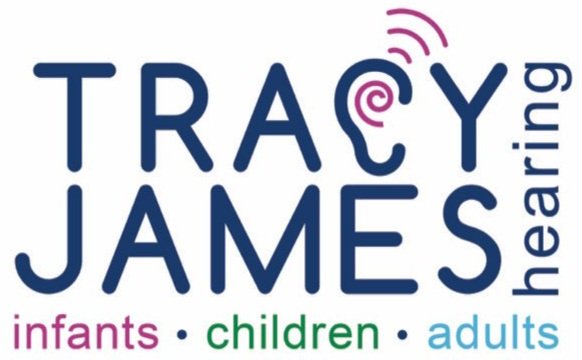Glue Ear: How you can help your child
Glue ear is something that many of you will come across at least once in your child’s life, and you may have even had yourself. Glue ear is a condition where fluid builds up behind the eardrum, and the Eustachian tube then becomes blocked as a result. The Eustachian tube is a tube that connects the ears to the back of the nose and throat. It is what helps us equalise the pressure in our ears, e.g. when we go up a hill or fly. A child’s Eustachian tube is narrower and also more horizontal than an adult’s. Thus, when a child has a cold and produces congestion, it is much harder for the fluid to drain away from the ear, and down the back of the throat. Children’s Eustachian tubes are also often blocked by enlarged tonsils or adenoids.
How does glue ear affect the hearing?
When we have glue ear, the fluid or congestion remains behind the eardrum, and this fluid blocks the passage of sound. It’s like trying to hear through/under water! Hearing problems due to glue ear will often fluctuate depending on how much a fluid build-up there is, or how thick/mucous-like the fluid becomes. So, there may be some days where your child hears better than others. They may complain of feeling like their fingers are stuck in their ears, or a crackling noise when they move their jaw. They will struggle to hear softer sounds. Younger children may tug at their ears or rub their ears.
Other symptoms of glue ear include:
Although glue ear starts off with sterile fluid, ear infections can be easier to develop in a child with glue ear. This is because the bugs your child is exposed to are more likely to thrive in fluid. In the case of an ear infection, a child may complain of pain in the ear, the area around the ear may become red, and they may also have a fever.
Less common symptoms include tinnitus or ringing in the ear, and some children may suffer balance and clumsiness problems.
Younger children may have delayed speech and language development or they may mispronounce or miss certain consonant sounds, e.g. ‘s’ or ‘th’
Other issues to be aware of include:
If a sibling has had glue ear, then the likelihood of glue ear increases.
Children with Cleft Palate or Downs Syndrome have even smaller Eustachian tubes, so they are greater risk of developing glue ear.
Most glue ear will resolve itself within three months without much intervention from the GP. However, if it continues then it is best to ask your GP to refer your child for a hearing test. In most cases your child’s hearing and glue ear will be monitored over time. A referral to Ear Nose and Throat is likely if it does not clear up, or the hearing loss is affecting your child’s speech, language or communication. In addition, grommets or temporary hearing aids may be suggested. In the meantime you could try using an Otovent balloon which helps teach the ear to drain itself.
Here is the NDCS leaflet on glue ear.

